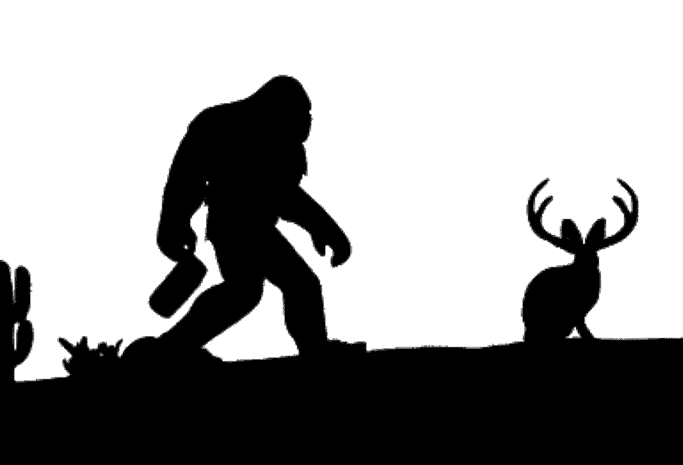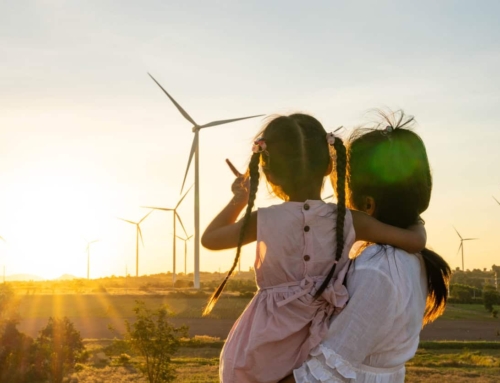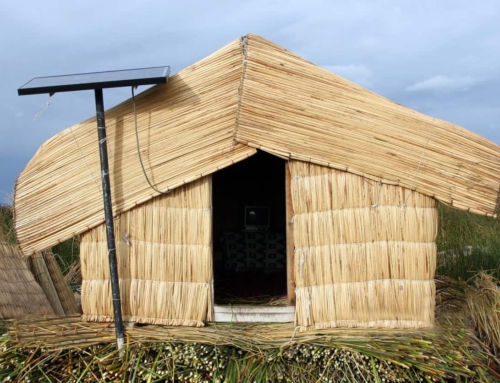Let’s say we wake up and find out that Jackalope are going extinct because they are being eaten by Bigfoot. After all, they are a favorite delicacy of Bigfoot. What do we do?
We probably start a Save the Jackalope campaign… of course.
We have to make people aware of the problem, raise money and lobby our legislators. It’s likely the Bigfoot population will boom and the next thing we know they’ll be running for office. We don’t need that because they leave droppings all over and there’s enough of that at the state capital already.
Renewable energy companies are concerned because they suspect Bigfoot of eating the insulation off cabling at solar farms and knocking over wind turbines for fun. Hunters want open season on Bigfoot. Utilities want to burn Bigfoot scat for energy. It smells, well… really bad. We must act.
There’s an old expression that says the best time to worry about Bigfoot and Jackalopes was 20 years ago, the next best is today. This wisdom can also be applied to campaigns and communications for the environment, climate and renewable energy.
Many of our campaigns tend to be reactive. This is due to limited resources and self-imposed urgency, not intent. But when we are reacting to someone else’s narrative or project, we are not working on our own.
It’s time to start working on the long(er) game. By long game I don’t mean kicking the can down the road. But by not letting the urgency of the moment overwhelm us. By setting two, three year and five year goals. It’s time to anticipate what is coming next and prepare for it. More than that, to create an accepted narrative and vision where climate action is the public’s first thought rather than last.
Working on our long(er) game means paying attention to our mission and our goals. It means working through our messaging ahead of time, instead of always being reactive. It means preparing the ground for seeding. One-third of our energy needs to be devoted to this. So instead of writing that press release condemning Bigfoot for wiping out Jackalope, how about writing the press release we are going to send out three years from now?
We are so immersed in urgency and a conflict mentality that it gets in the way of our vision. It makes things a lot less fun. It causes us to focus on the negative, fear, doom, and blame. It doesn’t absolve us of action, but by looking forward we can lighten up a bit and ask if we are doing the right things to get results.
What does looking forward ‘look’ like? Imagine that we did this when we started putting in solar and wind farms. Could we have anticipated negative or orchestrated reactions to turbine set-backs, or solar net metering, or zoning restrictions or business as usual? Likely we could have, and we could have prepared for it. How?
By being proactive and working on our long(er) term strategy. By painting a picture of a better future. By communicating our vision. By creating a villain as well as the heroes that support our vision. By emphasizing our common underlying values.
I have a friend who works with rural community organizations on hot topic issues. He grew up on a farm but is now a city-dweller, and we all know there is a divide between urban and rural perspectives. When I ask him how he deals with this, he says it’s not easy, but it’s straightforward. He asks three questions.
- What do you want for your community (or yourself)?
- What are you currently experiencing?
- What can we do about it?
It’s a forward-looking set of questions. Where do you want to go, where are you now, and how can we get there together? Nobody’s going to argue with that.
These questions help determine strategy. Strategy needs to be part of our campaign/communications efforts. How much? Another third. (Redundancy for effect.)
(Note: If we are in climate communications and we’re not sitting on our board, or executive team, and not spending some of our time working on strategy and vision, then it’s time to do something else. So start there. Imagine the future.)
That doesn’t leave much time to do the reactive stuff. Only a third. That’s the point. Vision and strategy have to be part of the long(er) term game plan for climate. Now imagine the Jackalope-Bigfoot scenario again. This time the stakeholders already understand what’s at risk. Sure, there may be some disagreement, but we’ve arrived at a starting point where a majority of us already agree that this is a worthy cause and will take action. Think of how much easier your campaign would be. And your next campaign. Instead of reacting, we could then focus on solutions.
I imagine a future where Jackalope live in peace with vegetarian Bigfoots. Or perhaps you simply want to make your Bigfoot protest sign now?
Thanks for what you do.
Hobie,
‘We are all connected. Savor the Earth!’™
L. Hobart Stocking
SkyWaterEarth.com
hobart@skywaterearth.com
651-357-0110
Facebook: @SkyWaterEarthConnected
Twitter: @SkyWaterEarth








Leave A Comment